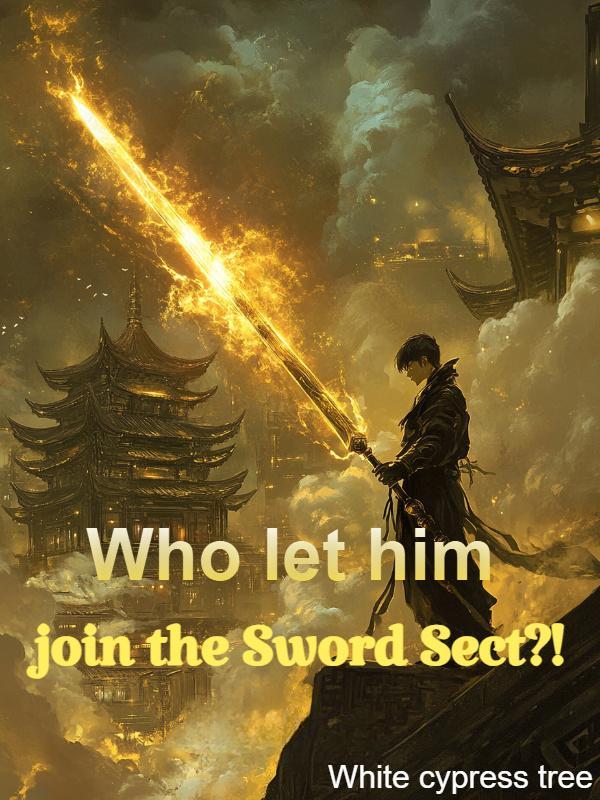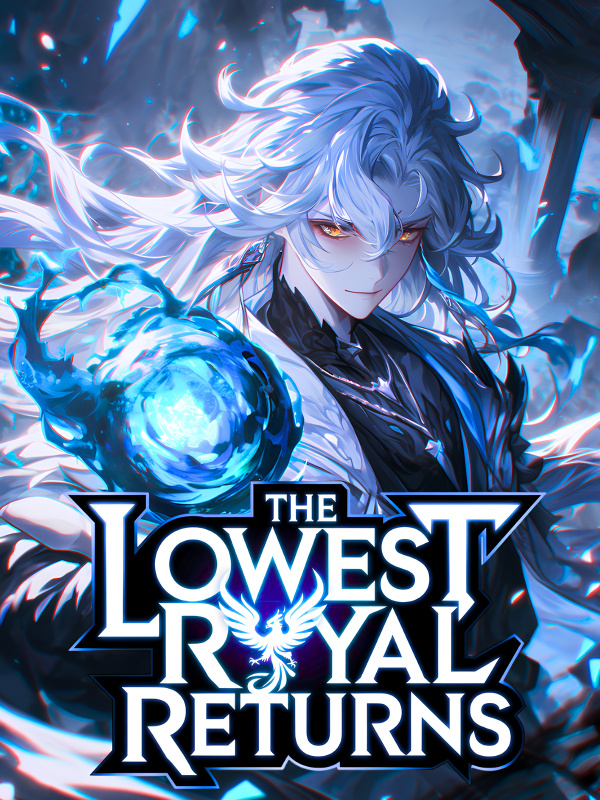©NovelBuddy
Super Genius DNA-Chapter 206: Laboratory Seven (4)
Chapter 206: Laboratory Seven (4)
Once upon a time, biology was a discipline within natural history. Natural historians began with crude anatomy and taxonomy, looking for similarities and differences between plants and animals. Then, it went through glittering scientists like Robert Hooke, Darwin, and Mendel, ultimately becoming modern biology that is based on cytology and genetics.
However, twenty-first-century biology was about to undergo another major transformation.
揟here抯 been a movement towards the BIT industry for a while. However, it hasn抰 been easy to achieve because biology is so complex that it抯 hard to quantify and make it into a diagram, Young-Joon said.
BIT: it was a fusion of biology (B) and information technology (IT), a discipline called bioinformatics. The genomic data of a single human was about seven hundred thirty megabytes, calculated when each base was represented as about two bytes. If the three billion bases of genomic data was written down in a notepad, it would amount to seven hundred thirty megabytes.
However, experimental data from a genome analysis showed that each letter in the DNA sequence was checked at least a thousand times. This redundancy allowed scientists to be confident in the genome data, even if there was an error ten times out of a thousand. In other words, one would have to process seven hundred thirty gigabytes of data to decode the entire genome of a patient like Mimi, the genetically modified baby.
揊rom that point on, it抯 no longer biology, but it enters the field of computation and data science, Young-Joon said. 揟hat抯 where biology and IT intersect. There aren抰 many experts who can run through seven hundred thirty gigabytes of big data and find disease-related DNA. But what if you multiply that data by one hundred million? What if we抮e tracking disease sequences based on decoded genome data from one hundred million people, like the project we抮e doing?
揟hat would be very difficult, said Doctor Taylor.
揜ight now, the genome data decoding team is doing a great job, but they were only able to do so because they are backed by the country抯 top experts in computer science, Young-Joon said. 揟here are a few programmers who came to A-GenBio from SG Electronics. Collaborative development with them resulted in the GWAS analysis, which had a lot of influence on our ten billion dollar lawsuit and the declaration of the moratorium.
Young-Joon went on.
揙ur in silico experiments with them allowed us to skip preclinical studies for Mimi抯 treatment, which had only been used on a few mice, and use it clinically to cure her in time.
Technically, Rosaline was the one who came up with the clinical plan, but Young-Joon also contacted Kim Young-Hoon, one of the board directors of A-GenBio, and conducted in silico experiments as well. He only did this so that he had an explanation, but the results were surprising. The data from the in silico experiments were more similar to Rosaline抯 simulations than he had expected. From then on, Young-Joon planned to start the project; it seemed like it had potential.
Then, Bae Sun-Mi asked, 揝o are we going to collaborate with SG Electronics again, not with GWAS or in silico, but with artificial intelligence that predicts ecological changes?
揟hat抯 right, Young-Joon said. 揂nd we will maintain our collaborative research relationship if possible.
* * *
Young-Joon was chatting with a guest in his office, who he was happy to see.
揑 apologize for asking to meet so suddenly before the board meeting, Young-Joon said.
揘o worries, sir. Of course I should come if the CEO wants to see me, replied the middle-aged man, who was sitting on the sofa.
It was Kim Young-Hoon, a director of A-Gen and an executive who had worked at SG Electronics for over twenty years.
揃y the way, Mr. RKim, how did you end up at A-Gen? Weren抰 you very successful at SG Electronics?
揥as that how I was evaluated? I抦 glad, Kim Young-Hoon replied, chuckling. 揂ctually, it抯 a little different. I competed for the vice president position there, but I lost. I was actually going to retire after my executive term ended, but the president of SG Electronics convinced me to come to A-Gen.
揑 see.
揝G Electronics had invested a lot of money in A-Gen when it was still a small company, and investors always want to put their own people on the board of directors, not only to have a grasp on management, but also to make sure the money is well-spent. When I came in, A-Gen didn抰 have the power to decline, Kim Young-Hoon said. 揝G Electronics and A-Gen were in very different industries, so it was a bold move at first, joining as an interlocking director. Although, things changed at SG Electronics over the years and I抳e basically become part of A-Gen now.
揑f SG Electronics asked you to come back, would you go?
揗aybe two years ago, but not now because A-GenBio is a much better and more promising company. And above all, I like your ethical leadership, Mr. Ryu. There was no one like that among the chaebols I抳e seen.
揇o you ever regret coming to A-Gen?
揌onestly, I thought it was a bit boring. The power of the Yoon family in the decision-making structure here was too strong. All six lab directors were close with Yoon Dae-Sung. Kim Hyun-Taek was loyal to him like a servant, and Ji Kwan-Man was basically family, Kim Young-Hoon said. 揟hat抯 why I bet everything on you when you started rising like a star, because a company this big shouldn抰 be run by one person.
Kim Young-Hoon was right. He had gone to great lengths to ensure that Young-Joon, who had just become a director at the time, could participate in board meetings. He had also arranged the sale of Young-Joon抯 flu drug to SG Pharmaceuticals for twenty billion won. Additionally, he had also brought a motion to the board of directors so that Young-Joon could use that money to establish A-Bio. Kim Young-Hoon had been a supporter of Young-Joon from the moment he began showing his ambition for power.
揇o you still believe that no one person should have sole control over a company? Young-Joon asked.
Kim Young-Hoon smiled bitterly.
揑抦 sorry to say this, but yes. Luckily, you are ethical and intelligent, so I don抰 think you抣l make a mistake, but there are a lot of variables. For example, what if something happens to your safety? Kim Young-Hoon said. 揂-GenBio, the world抯 biggest company, would be paralyzed in an instant, and the stocks would plummet. A company this big shouldn抰 go all in on one person. For example, there should be a split between the CEO and the chairman of the board. That way, there can be transparent and democratic decision-making and operation. That doesn抰 really exist in Korean culture, but still.
揑 see.
揃ecause the owner of a joint-stock company is not one person, but the shareholders as a whole. The National Pension Service also has a large stake in this company as well, so you should think of it as a company that was created with the peoples money.
揟hank you for your important advice, Young-Joon replied. 揟here抯 something I want to ask you, Director Kim.
揧es, please go ahead.
揑 had your help back when I was developing the diagnostic kit. At the time, you connected me to SG Electronics when we were developing the smartphone integration program that went into it.
揑 did. I still use that diagnostic kit once a month, Kim Young-Hoon said with a smile.
Young-Joon said, 揟hat抯 when I realized how incredible the programmers at SG Electronics Software Development Department were, and some of them came over to A-Gen and did a lot of work for us. And recently, they抳e helped us with GWAS studies and in silico experiments.
揑 would like to do another project with them. But this time, it will be a bigger project, and I think we need to renew the contract we signed with SG Electronics, Young-Joon said. 揟he contract will be written by our legal teams, but I was wondering if you would be willing to take care of this collaborative project in the middle of both companies?
揢m What is the project about?
揥e抮e going to create an ecosystem change prediction model program.
揝G Electronics Software Development Department has some of the best programmers in the country. But it抯 a bit We don抰 have the experience to do anything like that厰 Kim Young-Hoon said.
揥e are going to bring the best expert in that field to A-GenBio, Young-Joon said.
揥ho is it?
揟anya Manker.
掽i>Kek!
Kim Young-Hoon coughed.
揥e used the artificial intelligence developed by Doctor Tanya Manker抯 company during the red mold disaster when we made cultured meat, Young-Joon said. 揥e抮e going to bring her to A-GenBio.
揑sn抰 she the CEO of her own start-up?
揑 can抰 get her to join A-GenBio, but I can get her on board as an advisor, Young-Joon said. 揗ore importantly, there抯 no one in charge of this project that the three companies are working on together.
揧ou抮e asking me to take on that role?
揧es. You抳e been a senior executive at SG Electronics, and you抳e been a director at A-Gen for a long time. During that time, you studied biology and earned a degree as well. You抮e probably the only one who knows well about both fields, Young-Joon said. 揑抦 only asking the most qualified person to do it.
Kim Young-Hoon smiled sheepishly.
揑抦 not that great of a person, but how could I refuse when you抮e asking me, Doctor Ryu? I抣l push for the project.
揟hank you.
* * *
Tanya Manker was stunned when Young-Joon contacted her.
梇ou抮e making what program? Doctor Ryu, you抮e a biologist, not a programmer, right?
揟hat抯 right. And that抯 why I抦 asking you. We need this item for several projects we抮e going to be working on in the future.
桹h my Doctor Ryu, this project isn抰 going to work. We have a great AI prediction technology, and we can model climate change. But an ecosystem adds one more giant variable, right?
揈cosystems?
桳et抯 say the weather is getting warmer and more humid. You can draw out a crude sketch of the success or failure of a particular crop from that, but it抯 not the same as, say, how that ecosystem is disturbed when you wipe out a mosquito. You have to figure out all the organisms in the food chain that are related to that mosquito and input them as variables
揑 have it figured out.
梂hat?
揑 have it figured out. We just looked at Guangdong Province because we didn抰 know what was going to happen, but we have that big data.
?..
揥e know the population and the ecological pyramid of every species in Guangdong, from a single ant to a bird.
New n𝙤vel chapters are published on fre(e)webnov(l).com







